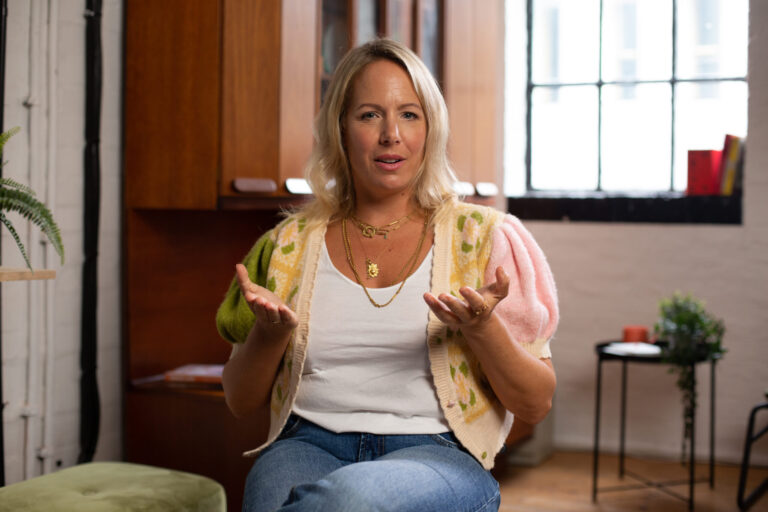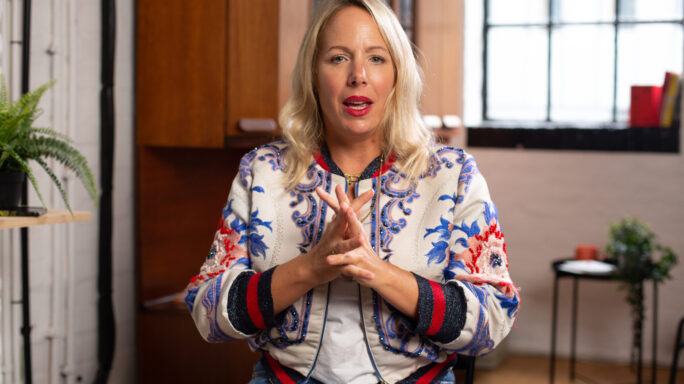Season 4: Thriving in a changing world
Why change is difficult—and how we can grow through it

Most people find change difficult. Research shows 1 in 3 people would avoid change altogether if they could.
There are a number of reasons why we find change hard
Our brains have evolved to find comfort in familiarity, certainty and control over our circumstances. But without change, we can become stagnant and miss out on opportunities for learning and growth
As a founder of a growing start-up and a mother of two teens, I fully understand the struggle to embrace change in a culture that champions overworking and an ‘always-on’ state.
In this article, I will explain what change is, why it’s so challenging, and how to embrace it so you can reach your potential.
My experience of change
I will never forget what a monumental day it was when I walked away from a growing career as a TV presenter (which made me utterly miserable) to train as a psychotherapist.
This career change led me to co-found Self Space, a fast-scaling contemporary mental health service. We believe that everyday mental maintenance is an essential part of thriving, not just surviving.
Since 2017, we have supported over 20,000 people across the UK and internationally, working with companies across a range of industries, including Huel, Havas, Google and Selfridges. Last year, we launched the first on-demand mental health store on the high street.
None of this growth would have happened without change
Accepting the need for change and having the courage to make it happen is one of the most powerful things we can do as humans and business leaders.
But before we can fully embrace change, it is essential to understand how it can impact us and others, especially within the workplace, where constant change can lead to overwhelm, uncertainty and burnout.
Understanding change and transition
Change is something that happens to us, whether by choice or circumstance. For example, being made redundant or unexpected events like the COVID pandemic.
Transition, on the other hand, is the psychological and emotional journey we go through as we navigate change. While change can happen quickly, transition usually takes more time.
It’s important to know the difference
Otherwise, one can happen without the other and you might find yourself standing in front of your colleagues, assuring them how positive the change is, while privately drowning your sorrows every night at the pub.
This shows change has happened, but the transition has not.
So what can you do instead?
I would recommend getting to know the 3 stages of change so you can handle them better.
Stage One: The knife edge
This stage is characterised by challenging situations, instability and a sense of overwhelm. You know you need to change something, but fear, nervousness and resistance can paralyse you into inaction.
You might also feel a sense of loss and grief at this stage. Loss can come in various forms, such as losing team members or letting go of the familiar to make room for change.
Grieving does not necessarily mean you’ve made the wrong decision—remember, the worst thing you can do is make no decision. So try to sit with these feelings as you transition to the next stage.
Stage Two: The liminal stage (the uncomfortable in-between)
This stage is the place between old and new. During this time, you or your business are in a state of flux, not fully who you once were or aspire to become.
Moving offices, changing staff and integrating new systems can all create a sense of destabilisation, disorientation and uncertainty. It’s essential to remain present in the here and now without fixating on controlling the future.
To help you stay in the present, you could try engaging in regular mindfulness exercises such as meditation, deep breathing or journaling. Remember to set clear priorities, focus on doing one task at a time and take short breaks outside throughout the day to reset your body and mind.
Trust that you will be on solid ground again soon.
Stage Three: Integration and adjustment
This stage marks the end of the change process, where you experience acceptance and a new normal. As the dust settles, you will find space to reflect on the past, envision the future and truly live in the present moment.
Successfully navigating change not only benefits you and your business, but also reassures your team that you are capable of steadying the ship during a storm. You’ll experience a lighter, more creative atmosphere and a great sense of relief.
While change is not always easy, it is inevitable. So it’s really important to understand it. Remember the distinction between chance and transition: change happens to us, while transition represents our psychological and emotional response. By familiarizing yourself with the three stages of change, you can grow through them more effectively. My advice to you? Always embrace change rather than avoid it. It may be the best decision you ever make for your business.





Leave a comment